SaaS platforms are mushrooming in the last couple of years and there are statistics to confirm this. But what are the reasons for this rapid growth of SaaS platforms? The fact is that SaaS platforms are extremely profitable, and the ubiquity of the Internet allows them to easily access the new markets.
In this situation, you want to grab T-Rex from Google Chrome by his tail and start developing your own SaaS solution. But when it comes to planning or implementation, there are a number of questions that would be good to deal with before the start of SaaS app development. Let’s get started!
1. What is the difference between the SaaS app and desktop/server software development?
In the development of SaaS platforms, there are a number of nuances that should be considered. The main thing is that SaaS-platforms are cloud services. When using them, the user has no software files to interact with e.g. installation files, folders, and documents on your computer. All data is hosted on the service provider’s servers, so-called cloud storage on your network. The user gets remote access to the app and can work with it in a browser from any place on the planet where there is an Internet connection.
Also, in the case of traditional software, any problems have to be solved by the user or a system administrator has to be invited. In SaaS apps everything is different. The provider is responsible for setting up the service from his side. He is also responsible for the safety of data, correct operation of the software, and release of updates. Technical support service solves any issues that arise and often provides users with materials that teach how to work with the solution. When it comes to SaaS, the user can at any time contact the supplier for support. All customers of the service get regular updates.
Thus, when developing a SaaS-platform one should take into account, firstly, the fact that the software needs ongoing support, and secondly, the cloud infrastructure. So a bid should be made for the companies that are not just fluent in web development but also aimed at long-term cooperation.
2. What are the business benefits of developing a SaaS platform?
The SaaS app development provides business with a set of significant advantages. Here are just the main ones:
Scalability and flexibility
If you want to succeed, you need to be flexible. If you are a business owner, it is especially important for you. SaaS platforms allow you to choose a delivery model and change it as the requirements change. This makes it easier for you to get new users, integrate with other applications, include an additional set of components, and adapt to changing market trends.
You can experiment in a less risky environment by trying a new project, user base, or strategy to attract new adherents. And as your SaaS development provider manages the server part using the cloud, you don’t have to worry about the infrastructure.
Speed Factor and Ease of Use
Deploying and selecting a business application has never been an easy task. However, cloud applications can be deployed faster, reducing administration and installation costs. The ability to quickly build and deploy an application will keep you competitive and accelerate your business benefits.
Reducing application costs
Reducing the cost of business applications can benefit everyone, starting from the Customer Relationship Officer up to individual business units. Deployment of such applications can be done gradually. If you want to extend the capabilities of your SaaS application, your development partner can easily add them using development tools and technologies. This saves time and money, as well as reduces investment risk. Additional features will be updated automatically, which means that these applications will continue to run smoothly after updating the application or platform.
Time management and performance
The time to deploy a cloud solution is comparatively shorter compared to local systems. You can deploy a cloud system in different regions, avoiding the overall cost associated with this deployment. Unlike on-premises deployments where performance is heavily dependent on back-end servers, cloud applications are designed to be adaptive and meet the needs of business and users.
3. How is SaaS app development going?
The life cycle of SaaS platform development starts right after the project opening phase. The stages of SaaS development are very similar to the usual stages of software development.
In general, the workflow looks like this:
Business analysis. The stage of collecting product requirements and building customer journeys. This stage is a good time to make all decisions that affect the success of the SaaS app in the market. The actions and results of this stage depend on the complexity and size of your service. Usually planning includes:
- Formalization of stakeholder requirements into technical specifications for developers
- Completion of decisions on personnel, project plans, and functional specifications
- Creation of the project’s schedule, road map, and scenario plan
- Creation of communication and marketing activity plans
- Development of a risk reduction strategy
Design. At this step, the design crew creates prototypes. They also build a user interface kit for an eye-catching visual design and specify the architecture. It is extremely crucial that the architecture of the SaaS app is both scalable and straightforward, as well as configurable. In particular, when developing the SaaS platform, it should be made multi-tenant.
Multi-tenancy means that one instance of a software application is designed to serve several clients and is the key to the success of your system. This is achieved either by using separate databases or by using a single database that displays relevant information for specific users. This will make development faster, as developers will be able to use the previously written code base to extend the service and apply changes. Multi-tenancy also implies that the application must be equipped with all security measures since the infrastructure is shared by all users.
What should you do at this stage:
- Define the technical architecture and functionality of your future SaaS app
- Pay attention to platform performance, scalability, containerization capabilities, reliability, and disaster recovery
- Assess data security and privacy
- Create a financial plan and evaluate monetization models for your SaaS app
- Learn about management tools and maintenance levels
- Plan your design and implementation processes with the constraints of the selected platforms in mind
Development. This is where the development team builds your SaaS solution MVP and makes sure there are integration features that are applicable at the end of the process. During the first iteration, they establish a core set of features based on the selected architecture. Then you can add new features, updates, and enhancements to this core. The length of each subsequent iteration is determined at the planning stage, depending on the specifics of the project.
This stage includes:
- Setting up the development environment
- Development, deployment, and implementation of various testing forms
- Adding security features and policies
- Optimization of synchronization, extraction, and data uploading
- Support and service processes integration and testing
In SaaS apps, testing plays an important role, given that additional support calls and tickets after launch can increase operating costs for the service. Therefore, it is important to conduct testing at each stage of software development. Careful load testing and performance testing should also be performed, as SaaS apps usually operate under high loads.
Evolution. New functionality should be added at this stage. This ensures that your product will always meet the requirements and trends of the market. You can read more about this stage below.
4. Which technological stack to choose?
The choice of the technology stack for the SaaS application is similar to the selection of building materials for your house. First, you will need several tools to develop client components for your platform. These are well known and almost universally used:
- JavaScript frameworks (Angular, React, Vue.js)
- HTML + CSS
For server development, there are several programming languages (and corresponding frameworks) to choose from. For example:
- JavaScript (Node.js)
- PHP (Laravel)
- Ruby (Ruby on Rails)
To create a SaaS product, you also need a database for internal data storage. Here are the two main relational databases:
- MySQL
- PostgreSQL
Finally, you need to select the server for the application. A popular choice:
- Nginx
Each of these options is best suited to specific usage patterns, so it is crucial to assess the scalability of your platform, potential profit, and initial costs before making your choice. And if you’re far from the technology area and all of the above is rocket science for you, just focus on the contractors who work with the technology.
5. What are the best practices of SaaS app development?
Since this model is widely used, newcomers to the market can learn how to develop a SaaS app from the success stories of many companies such as SFDC or HubSpot. In general, they all use the same tactics developed over the years on the market. In general, most successful SaaS platforms have used the following development practices:
- Lay the groundwork for scalability. One of the main advantages of SaaS applications is the ability to increase capacity. Consider both vertical (limited by server size) and horizontal scaling (creating a logical unit that runs on different hardware and software).
- Support inside an application – because of the data that applications work with, they are quite complex. Therefore, user support can be provided through detailed manuals, live chat, etc. In particular, an omnichannel approach can be used to optimize support. A good support strategy will combine customer requests and keep records of previous interactions to simplify future ones. This strategy connects communication channels, creates a unified history of interaction with the client, and enables him to communicate with the business in a comfortable way.
- Data protection – no SaaS product development can be completed without data encryption. Try to find all possible ways to guarantee a high level of security.
- Frequent updates with more value – clients should benefit from your application. You must understand the requirements of your users and constantly improve to ensure the maximum functionality of your application.
- Integration strategy – typically, companies move from one application to another or use more than one at a time. So it can be important to share and maintain communication between them.
- Service fees – customers choose this approach not only because of the convenience and features provided but also because they save money. Instead of paying for installation and subsequent updates, they prefer a subscription.
6. When can the SaaS app development be considered completed?
The answer to this question is not as clear as it may seem at first glance. Formally, after the project is officially released. Really – never, or more precisely until the product is no longer relevant. After all, you should always try to regularly expand your existing services. The best way to find new ways to innovate is to look through Google Analytics data and customer surveys. It’s important to combine data from both sources so that you can better assess your audience and compare your survey results with the total audience.
For example, if you view your customer satisfaction surveys that include questions that you can use for analysis, you may notice trends in your responses. When a survey returns and 80% of respondents request a specific feature, you can confidently say that this feature is a great addition to your product.
Compare your survey results with your analytics and determine if the response rate is a fair percentage of your total customer base. If 80% of respondents requested the feature, but only 2% of your clients participated in the survey, you may want to think twice before making major changes to your service. On the other hand, if the survey results were 60% of your base, this is a feature that is desirable for the majority of your audience.
***
It is not possible to cover the full range of issues related to the development of SaaS platforms within this material. Each has its own spectrum of understanding of this distribution model and the processes behind the development of applications based on it. In this case, the most appropriate solution is to consult with specialists and ask whatever interests you.

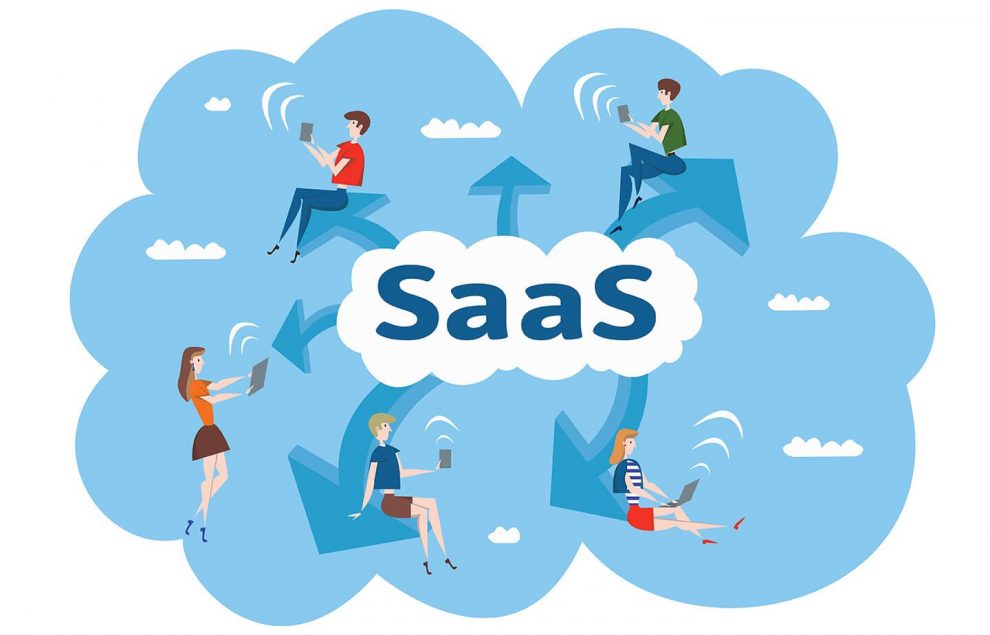



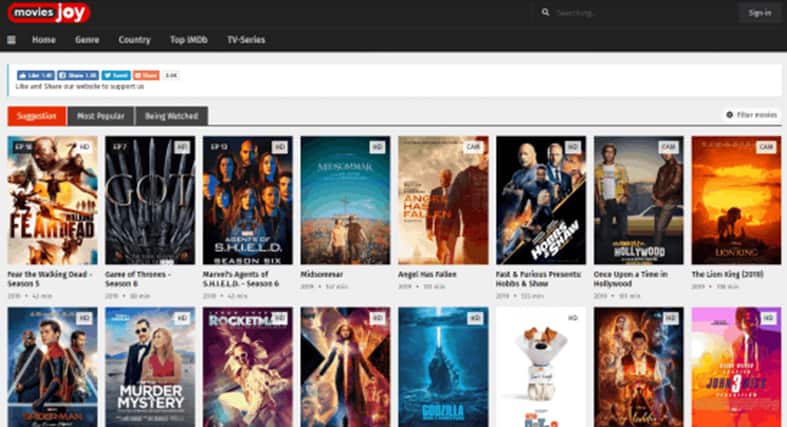
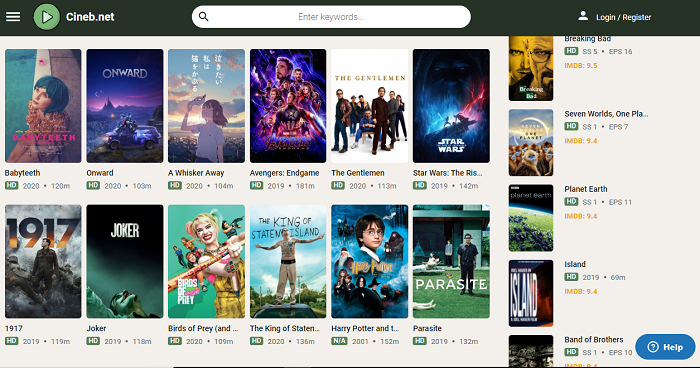
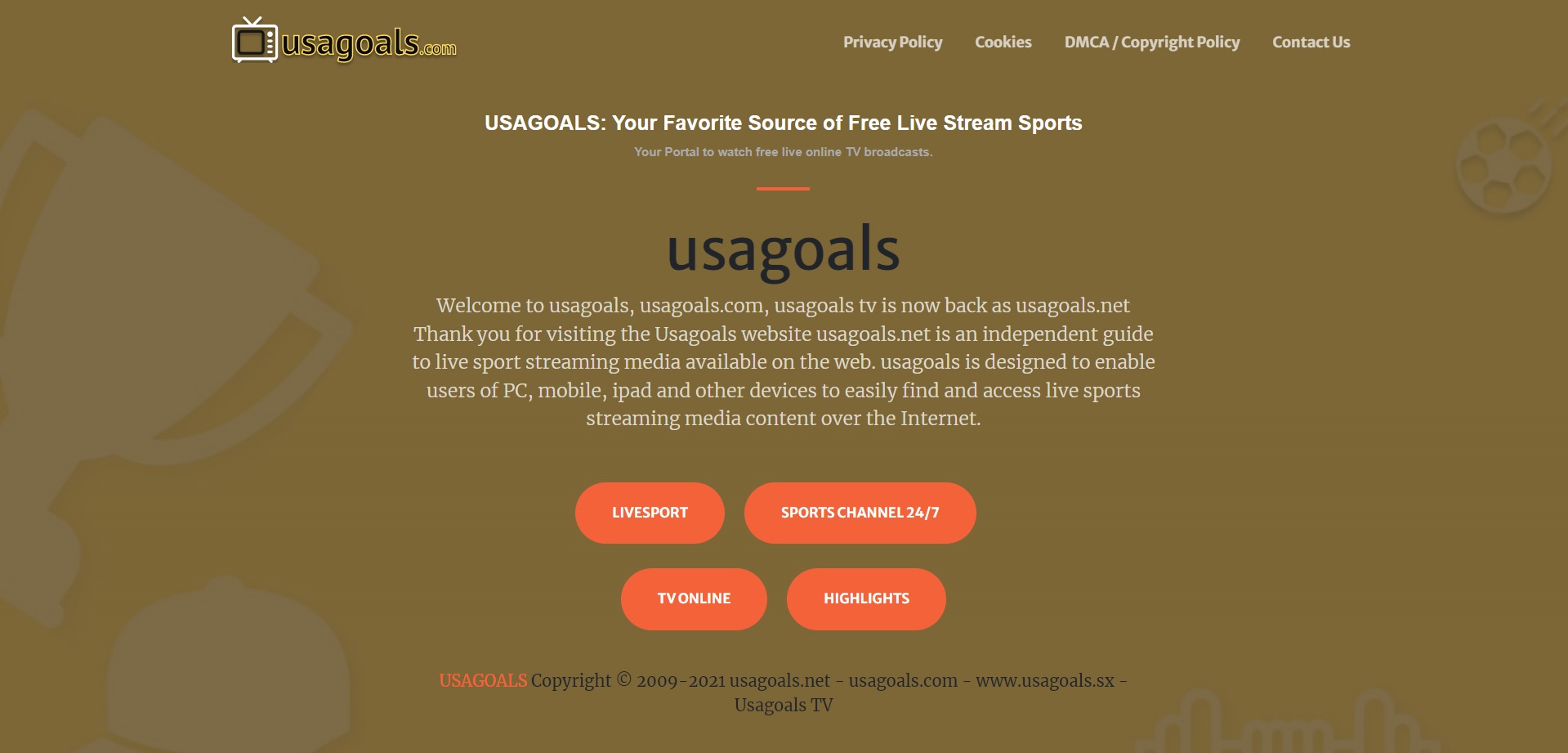

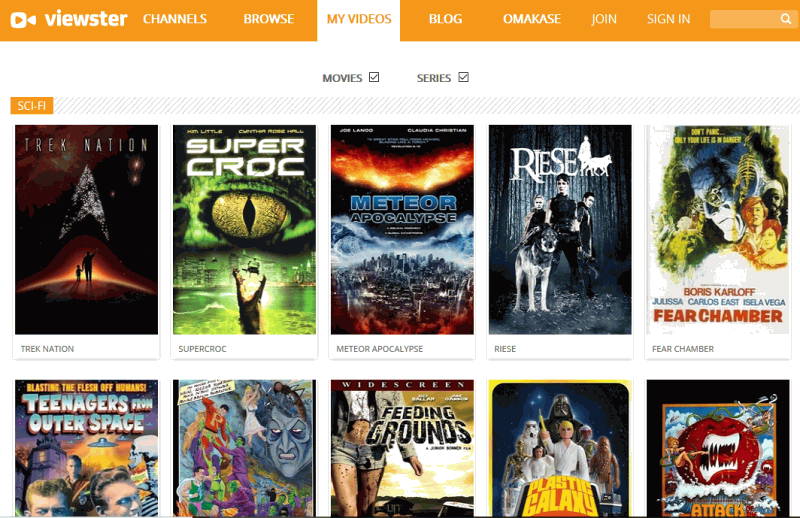
Add Comment